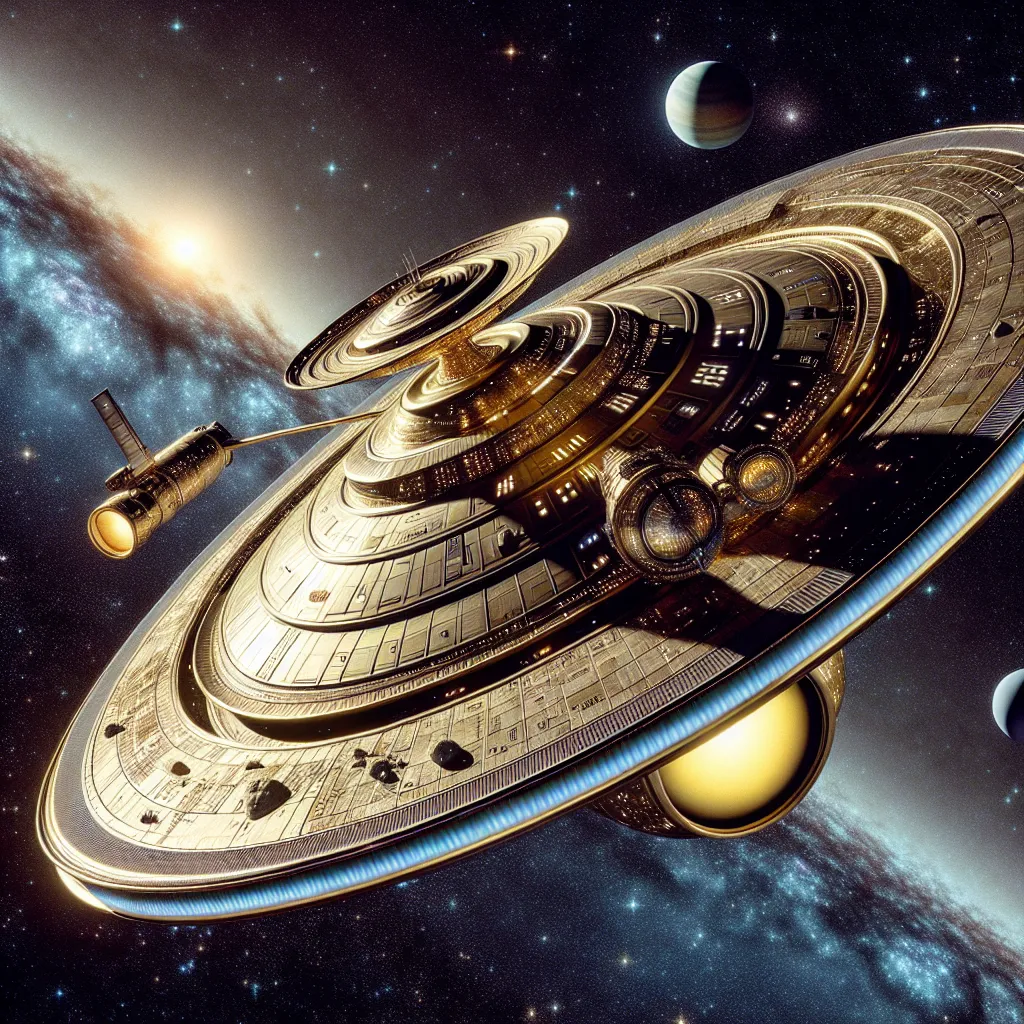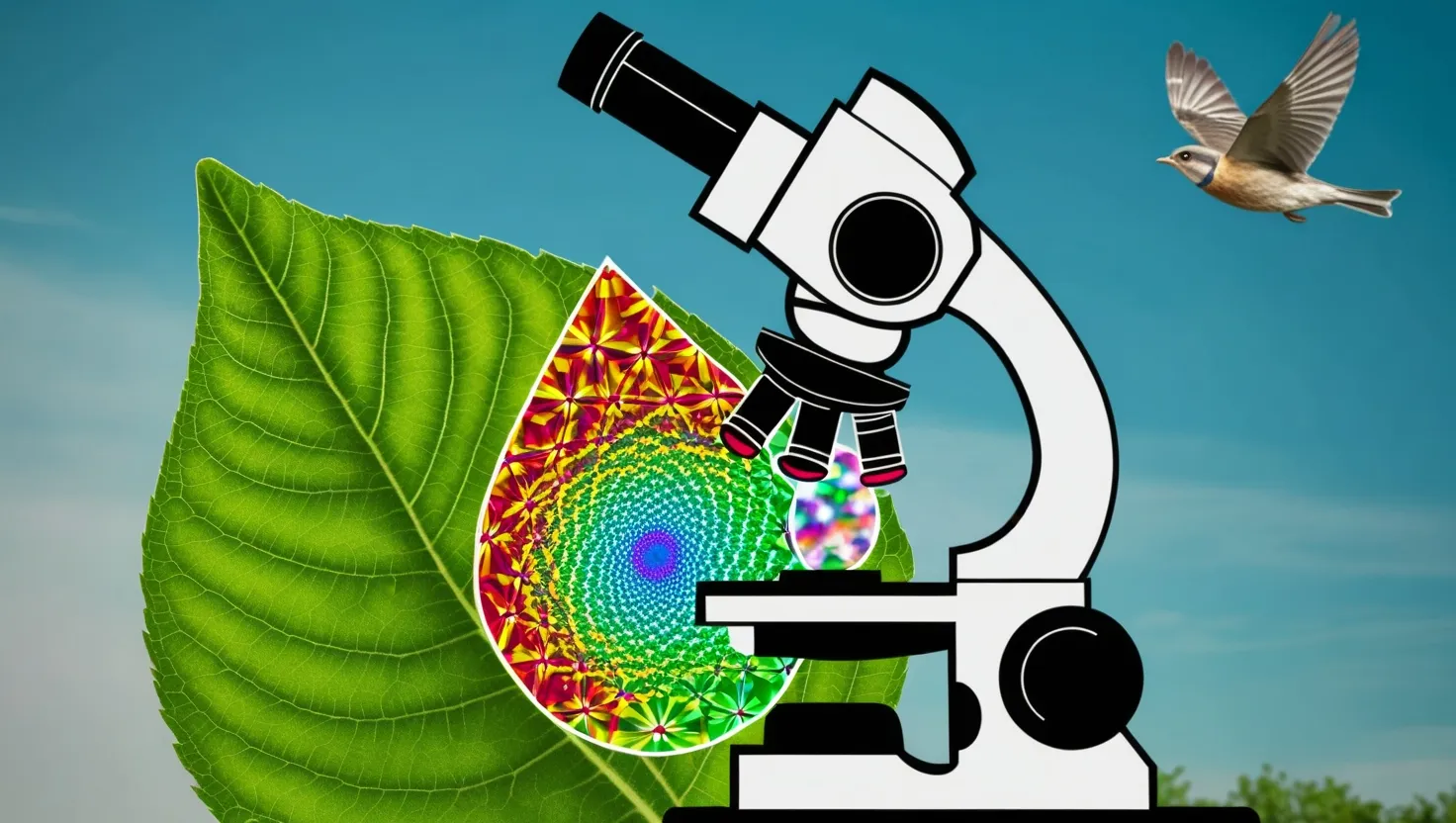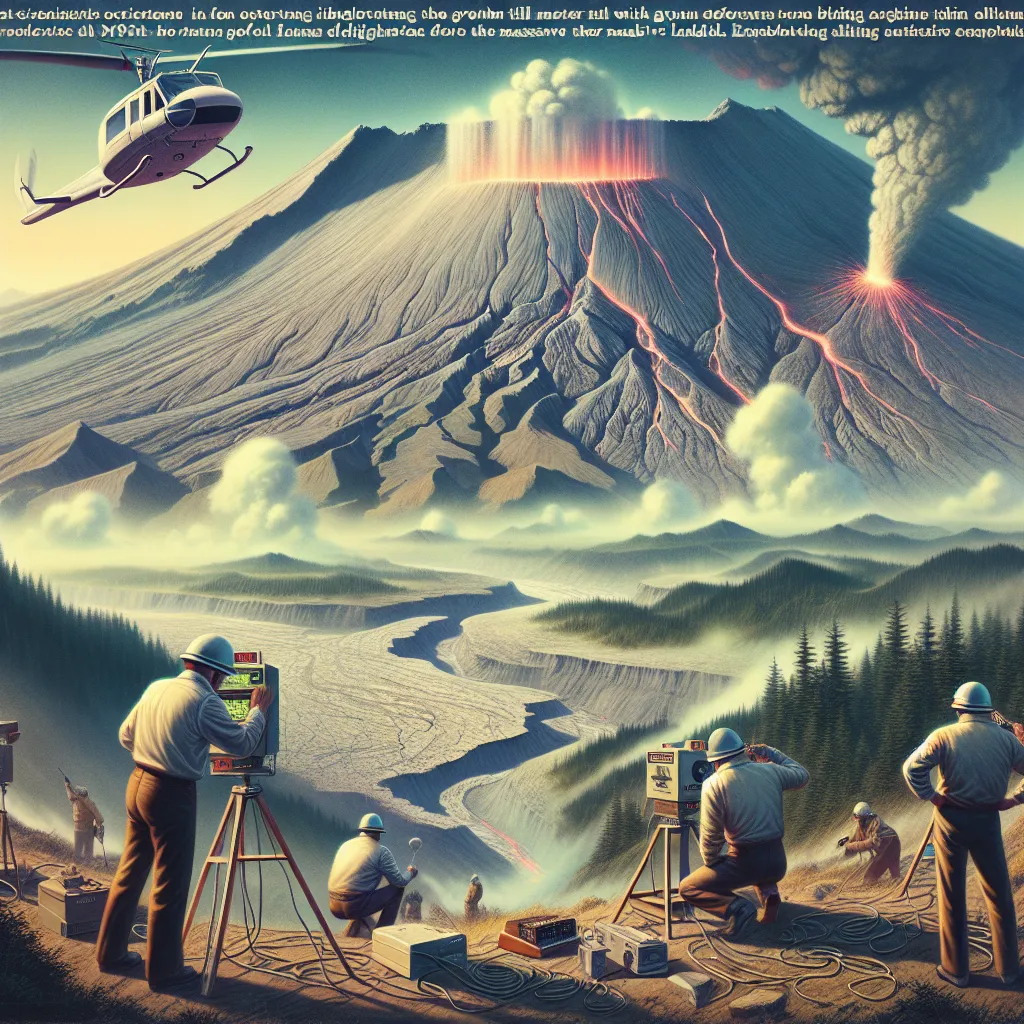As the 20th century was coming to an end, the Voyager 1 probe reached a significant milestone as the farthest human-made object from Earth. This remarkable journey into the unknown led to another groundbreaking achievement 15 years later when Voyager 1 became the first human-made object to enter interstellar space. This was the pinnacle of a mission that had already explored the solar system’s four outermost planets.
Launched in 1977, Voyager 1 and its twin, Voyager 2, embarked on an epic exploration of Jupiter, Saturn, Uranus, and Neptune. Their missions revealed a host of surprises, sparking new questions that led to further space exploration. Scientists believe that some distant moons, like Saturn’s Enceladus, might hold the potential for extraterrestrial life.
Intriguingly, astronomers are on the lookout for a hypothetical new planet in our solar system’s outskirts. Dubbed Planet Nine, it’s a celestial mystery because it blends so well with the vast expanse of space that finding it feels like looking for a needle in a haystack.
During the early formation of the solar system, four small rocky worlds formed close to the infant Sun, while four giant gas planets—Jupiter, Saturn, Uranus, and Neptune—formed farther away. Jupiter and its siblings cleared their surroundings of any leftover gas through their powerful gravity, solidifying their dominance in the outer solar system. This cleared a path for humanity to venture beyond Mars.
NASA’s Pioneer 10 became the first spacecraft to navigate the asteroid belt between Mars and Jupiter in 1972. This successful mission paved the way for the Voyager probes. Using a unique planetary alignment that wouldn’t reoccur for nearly two centuries, the twin Voyagers used a technique called gravity assist to slingshot from one planet to the next, minimizing fuel consumption.
The Voyagers were marvels of 1970s technology, equipped with television cameras and analog tape recorders. Despite their simplicity compared to today’s standards, they captured incredible data and images. Each spacecraft also carried a golden record containing images, music, and greetings from Earth, curated by the legendary scientist Carl Sagan.
Voyager 2, launched on August 20, 1977, was the first to set off, followed by Voyager 1 two weeks later. Their journeys gave us breathtaking views of Jupiter’s massive storms, like the Great Red Spot, and revealed its faint ring system. They also explored the fascinating moons of Jupiter, including volcanic Io and icy Europa, which might harbor a subsurface ocean.
In 1989, NASA’s Galileo spacecraft provided a closer look at Jupiter and its moons, capturing the dramatic collision of comet Shoemaker-Levy 9 with Jupiter. This event demonstrated Jupiter’s role in shaping our solar system, potentially shielding Earth from comet impacts.
Voyager missions illuminated the mysterious rings and dynamic atmosphere of Saturn. Later, the Cassini-Huygens mission unraveled more of Saturn’s secrets, including moons like Enceladus, which emits water-rich plumes into space, hinting at an ocean beneath its icy surface.
Titan, Saturn’s largest moon, fascinated scientists with its thick, hazy atmosphere rich in hydrocarbons. The Huygens probe, part of the Cassini mission, revealed Titan’s Earth-like landscapes of rivers, lakes, and mountains composed of ethane and methane.
Both Voyager probes eventually moved beyond Saturn, with Voyager 2 visiting the ice giants Uranus and Neptune. These encounters unveiled Uranus’s distinctive tilt and Neptune’s fierce winds and storms, pushing our understanding of the outer solar system.
In February 2014, Voyager 1 turned its camera back toward Earth, capturing the iconic “Pale Blue Dot” image, a humbling perspective of our tiny planet from the vastness of space. Now in interstellar space, the Voyagers continue to send data back to Earth, with their signals expected to last until the mid-2030s.
The legacy of the Voyager missions lies in their monumental discoveries and the tantalizing possibilities they inspire for future exploration. These enduring explorers have not only expanded our understanding of the solar system but also emphasized our drive to reach for the stars and beyond.






